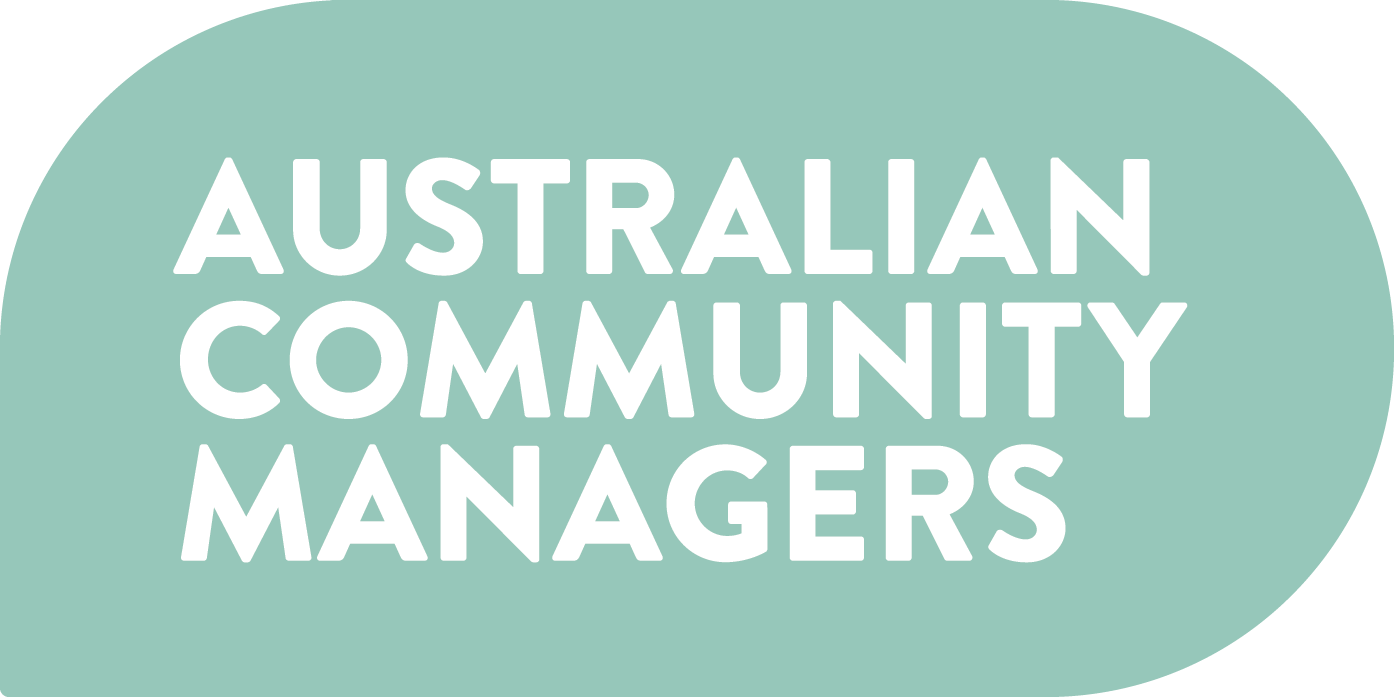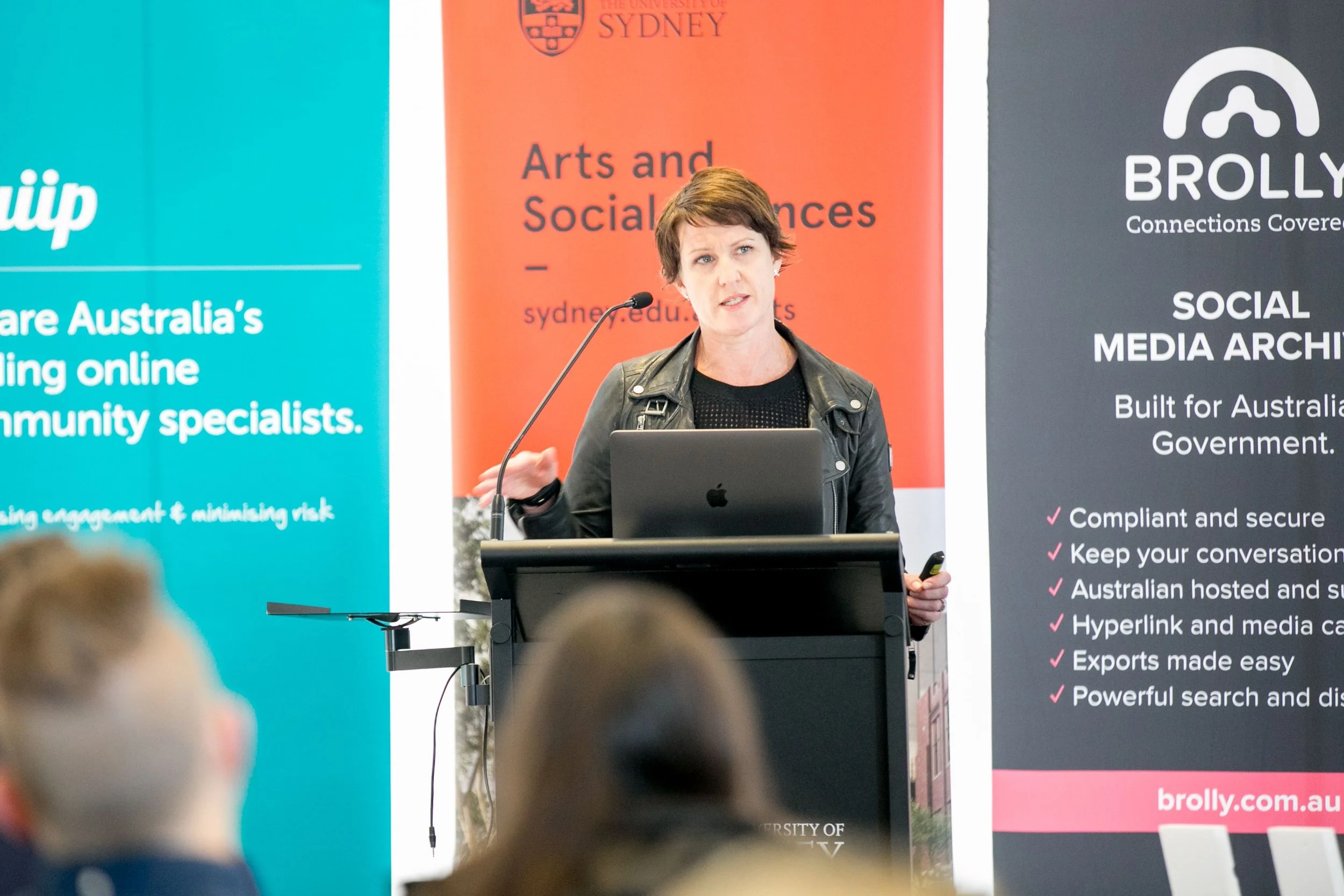How to make the most of your platform
There are thousands of community platforms out there, but we don’t always get a say in which one we’re using. Whether you’re managing an existing community or building one from scratch, you’re likely to come up against cumbersome interfaces, convoluted workflows, or unimaginative design.
Hawk is a long-time community specialist and part of the team that builds open-source forum software, Discourse. She shares her tip on how to optimise whichever platform you find yourself on.
Hawk shares her knowledge with ACM members at our annual Swarm conference
Think about user experience design
User experience (UX) design is the process of creating products which deliver meaningful and relevant experiences for users. You can find ways to customise your platform to improve and streamline UX design. Some tips to get you started:
Don’t design your community platform like your webpage. Having consistent branding is great, but communities require unique UX design. Think about how you can bring users into your community through onboarding and generate meaningful social interactions with other community members: this should be at the centre of your UX design.
Cater to different types of users. Different users want different things from your community: brand new users might need onboarding, but returning visitors may not be interested in that information. Systemise and label information on your platform according to these different needs: for example, prompt users with relevant information through on-time messaging.
Redesign your registration process. The most important piece of information you need from a user upon registration is their email. You don’t need to know their birthday or the subject matter they’re interested in on the first visit. Ask these questions when they visit again and do so in a smart way: explain how you can use this data to improve their experience. If they don’t answer, use analytics to personalise their experience.
Manage expectations
Once your users become established, so will their behaviours. Get ahead of conflicts around changes to your platform early by setting expectations with your community members. Things to keep in mind:
Your community is not a democracy. Getting input from your users is important, but you don’t need consensus from your community on every change to your platform design. If the homepage colour is going to change, let it change: most users likely won’t remember it happened three months down the line.
Some things are out of your control. You can’t always control changes that happen in other parts of the infrastructure or organisation, even if they have a flow-on effect to your community and break parts of your platform software. Be frank with your users about what you can and can’t change.
Conduct regular testing
Your UX design needs to be regularly maintained in order to ensure you’re delivering relevant and timely information to your community members.
Conduct user experience testing monthly. This may involve creating a new account and following your own registration process, including checking emails. Look for broken links and obsolete or irrelevant information.
Don’t do it yourself. When conducting testing, remember your admin login may have different functionalities. Ask your users to do it- they’ve been through the process before- or even get a parent to sign up!
Get feedback from your members. Do it often and don’t make assumptions about their use of your platform.
Don’t panic. If something doesn’t work for one person, it might not be a widespread problem. Avoid implementing changes based on knee-jerk reactions and clarify exactly what they’re asking for. The problem may not be your software: they might just not know how to use a feature. However, if three or more people ask for the same change, it’s time to act.
Join our member forum for discussions and more resources on all thing community.


